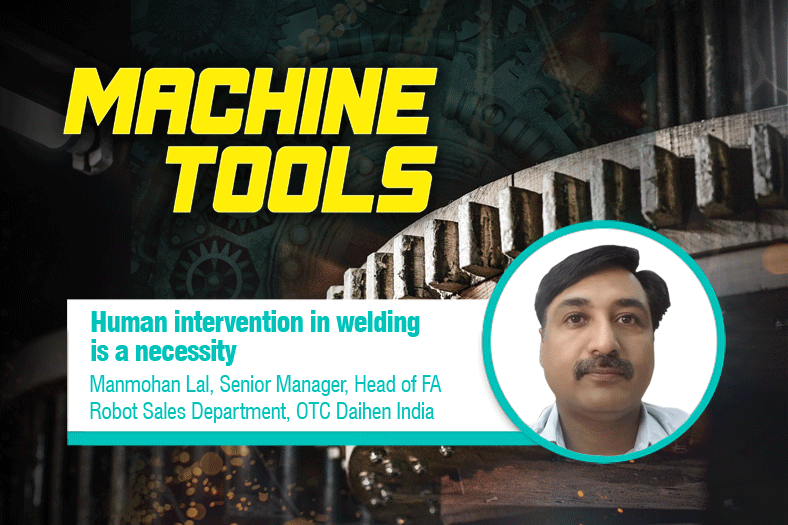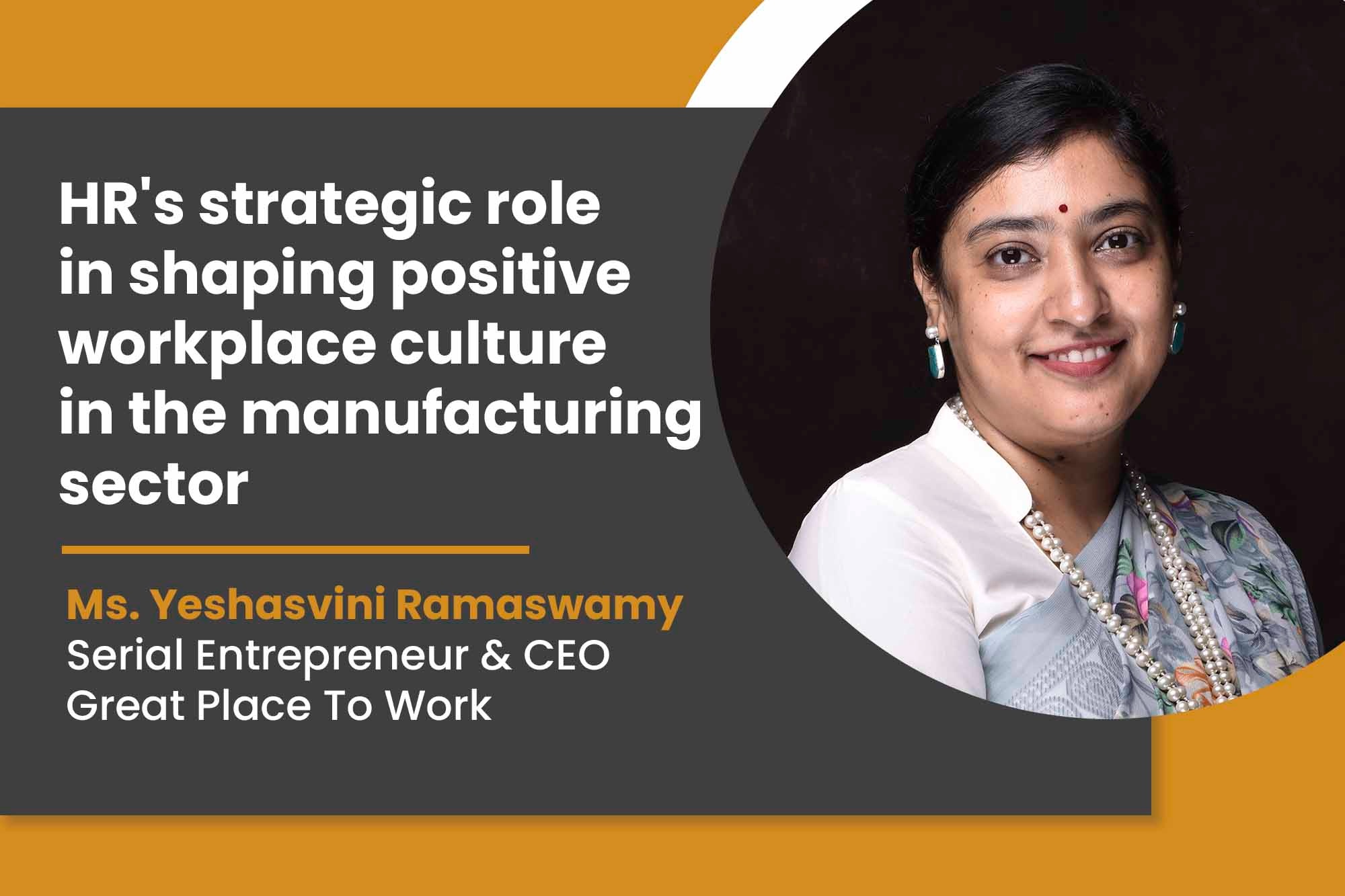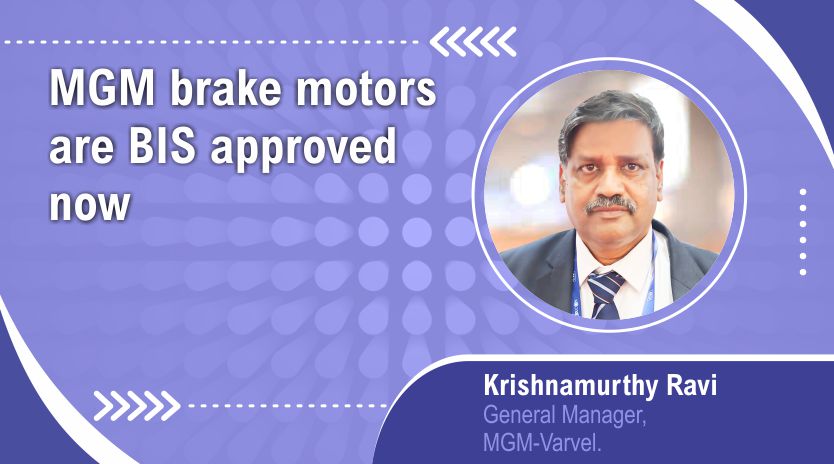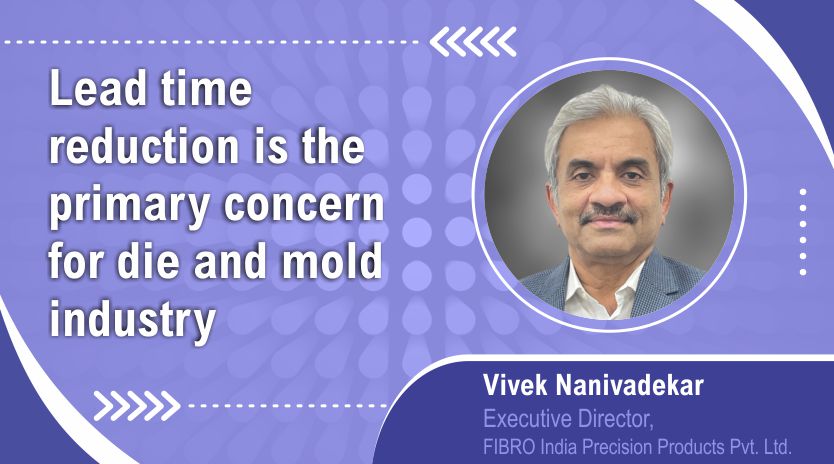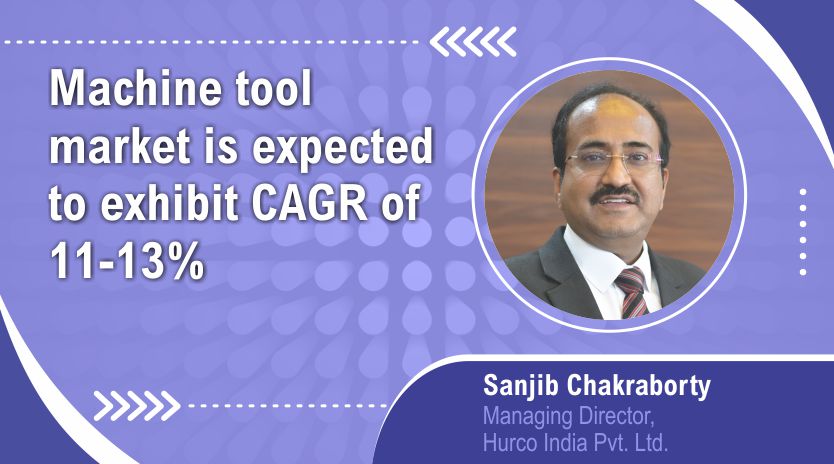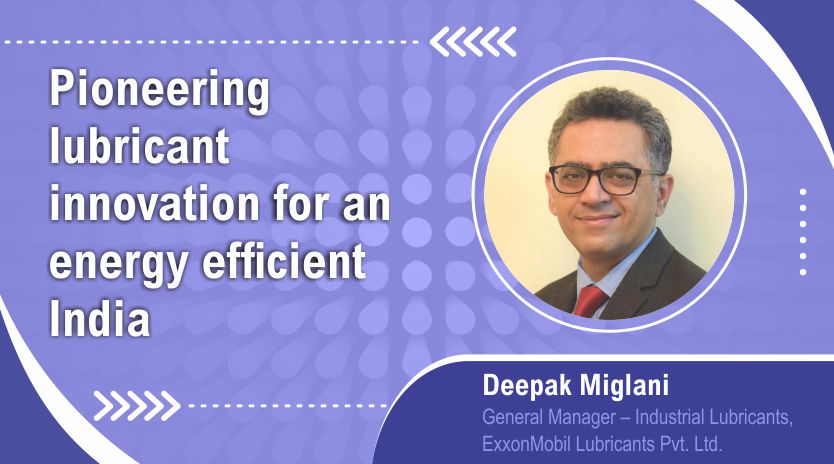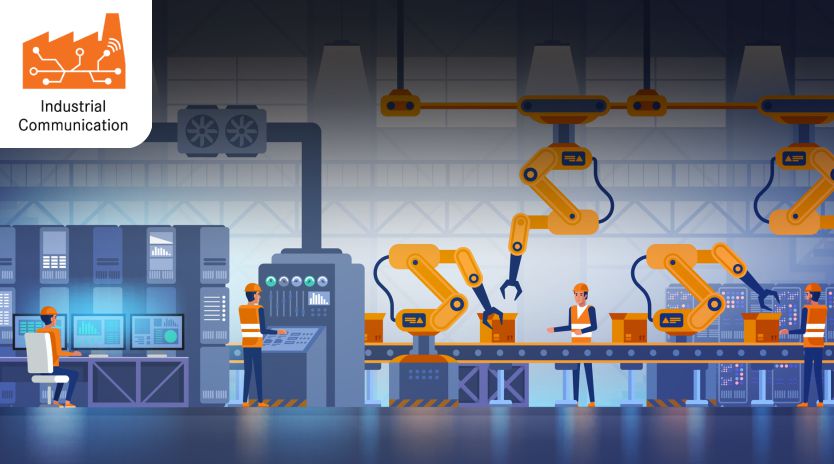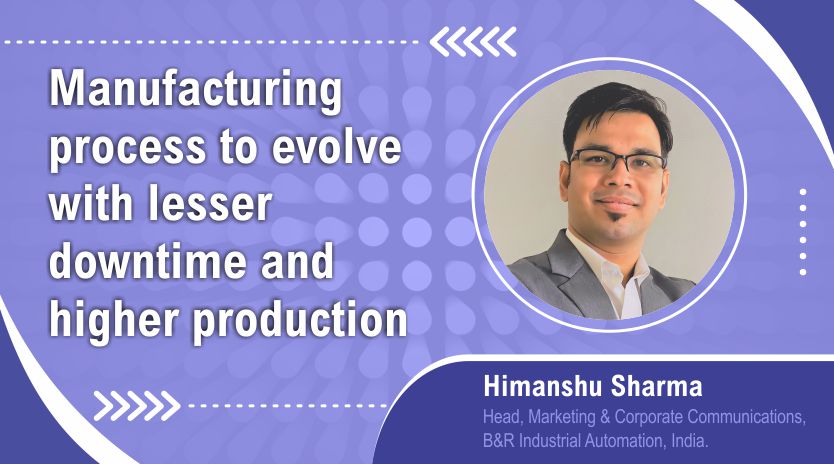Human intervention in welding is a necessity
By OEM Update Editorial January 11, 2019 3:34 pm IST
Manmohan Lal, Senior Manager, Head of FA Robot Sales Department, OTC Daihen India, discusses technologies that are set to drive the growth of robotic welding.
Please walk us through OTC DAIHEN INDIA’s journey till now.
DAIHEN Corporation Japan started India’s representative office in Gurgaon around 11 years back in 2007. Later in 2011, they established the DAIHEN Corporation Subsidiary Sales company in India under the name OTC Daihen India Pvt. Ltd.
What is your company’s initiative in creating skill development into the welding segment?
Skill development has always been on priority and is a part of DAIHEN Group’s culture. In this regards, we have established a full-fledged Advanced Robotics F.A. Centre facility in Gurgaon. OTC always provided pre-sales support to their valued customers before handing over any robot or machines to the customers. We fully focus on a full-fledged training on ‘Equipment Supply and Safety’. The customers, thus, can be 100 per cent efficient in terms of the machine’s features and applications. Our first focus is on safety; do’s and don’ts. The next step is to explain the theotrical part of the welding process. Later, we go for the Live demos and Live training about welding. We do provide advanced stage maintenance training standardly to all our valued customers.
What are your thoughts on automated welding and intelligentised welding technology (IWT)?
Automated welding always requires a fixed part/fixed area /fixed application; these desired parameters won’t be achieved by machines as they cannot gauge the system parameters by themselves. So, interventions by man power is necessary.
In intelligentised robot welding systems, the system parameters are calculated by the robotics, according to gap or angle based on the applicable intelligent sensor attached to the robotic system.
Is robotic welding ‘inevitable’? Which technologies are set to drive the growth of robotic welding?We cannot say that in each and every place, robotic welding would be applicable. Sometimes, there exists the issue of ROI when compared to manual welding. But, now, there is a chance to convert the manual system into robotic or automated one, after the continuous development by all major manufacturers in the world. Robot technologies are now more affordable, but Artificial Intelligence and advanced human- robots interface will drive the future robotic welding.
Is the Indian robotic welding industry on par with the international countries?
India’s robotic industry is still premature as compared to that in the advanced countries. But the coming 5-7 years will be important for them. We hope, during this tenure, Indian industries will focus more on manufacturing products of international quality, to grow more business and concentrate on welding automation or robotic welding as well as using special purpose machinery.
How do you forecast your company’s future in terms of welding operations?
Being an almost 100 years old company in Japan, we have always dedicatedly focused on R&D to introduce new technologies in the welding market. We gain our strength from single system sourcing, wherein we manufacture robots for the supply of single contact systems in robotics welding; robots used in handling and welding, laser sensors, positioners, sliders, welding machines, torches, consumables etc. We look forward to expanding our reach among the Indian customers whom we are sure will make use of OTC DAIHEN welding products to increase their business and competitiveness in the market.
Artificial Intelligence and advanced human- robots interface will drive the future robotic welding.
Manmohan Lal, Senior Manager, Head of FA Robot Sales Department, OTC Daihen India
Cookie Consent
We use cookies to personalize your experience. By continuing to visit this website you agree to our Terms & Conditions, Privacy Policy and Cookie Policy.



